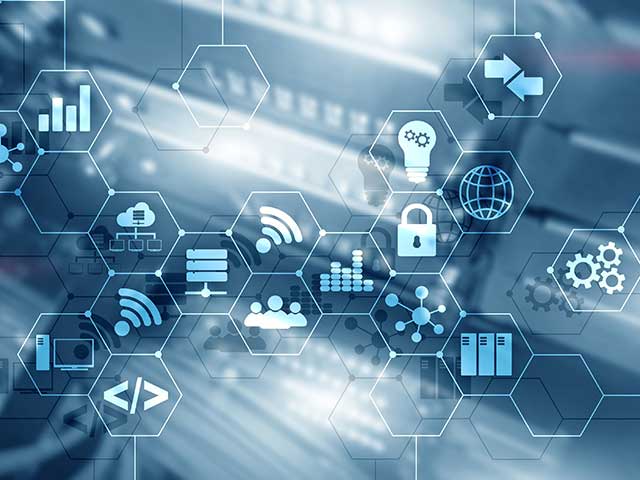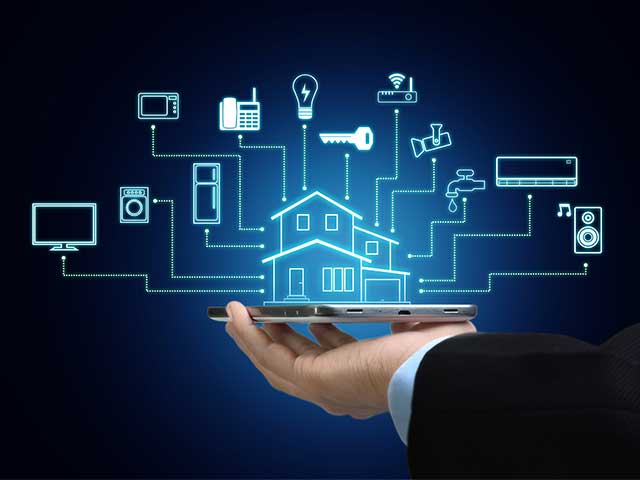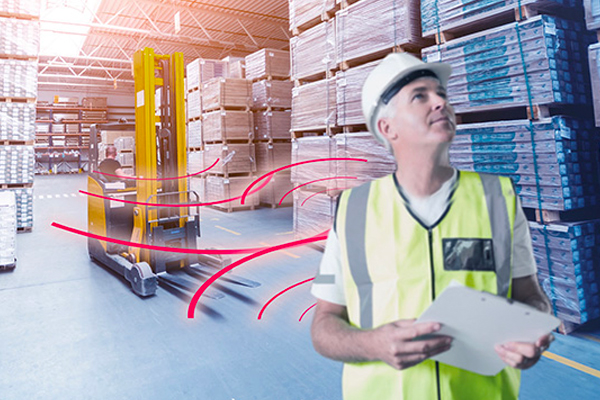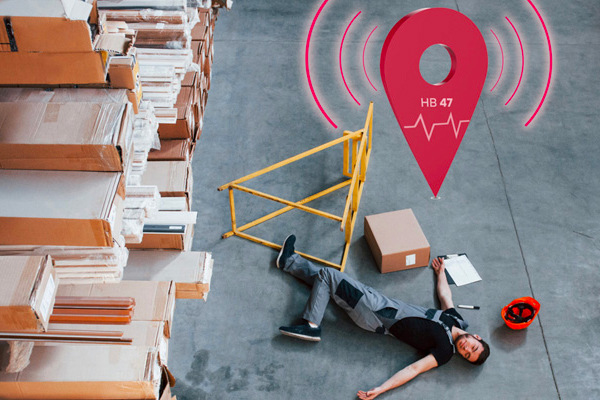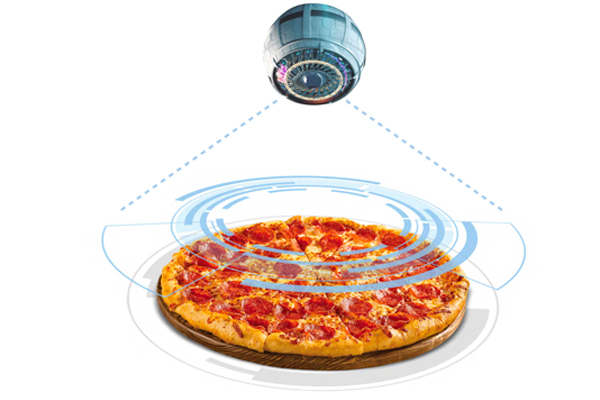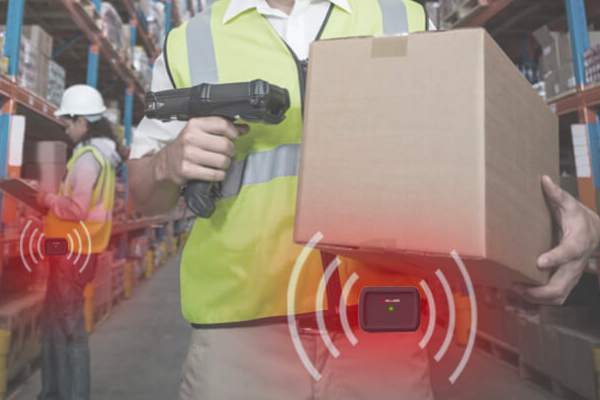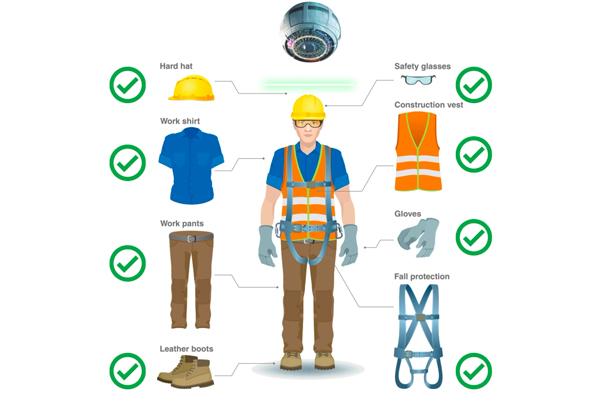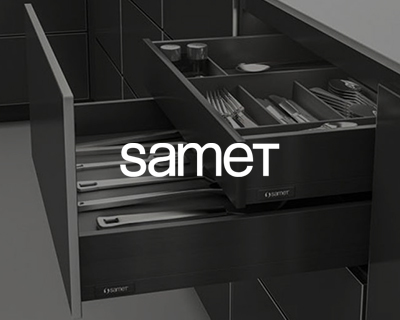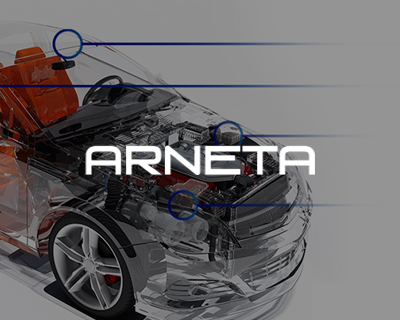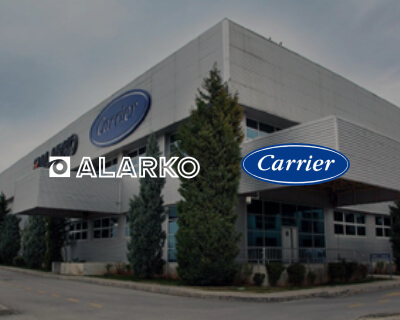With the rise of IoT, a whole new era is entering the market. The technologies that affect the growth of the IoT market can be listed as follows:
- Miniaturization of hardware and embedded systems that create very complex applications.
- Artificial intelligence and machine learning data analysis.
- Machine-to-Machine (M2M) systems that enable IoT devices to communicate with each other to perform local transactions.
- Cloud technology that can collect, analyze and combine data from millions of devices.
- Wireless technologies such as Wi-Fi, 5G, Bluetooth, Li-Fi, LAN, and WAN.

